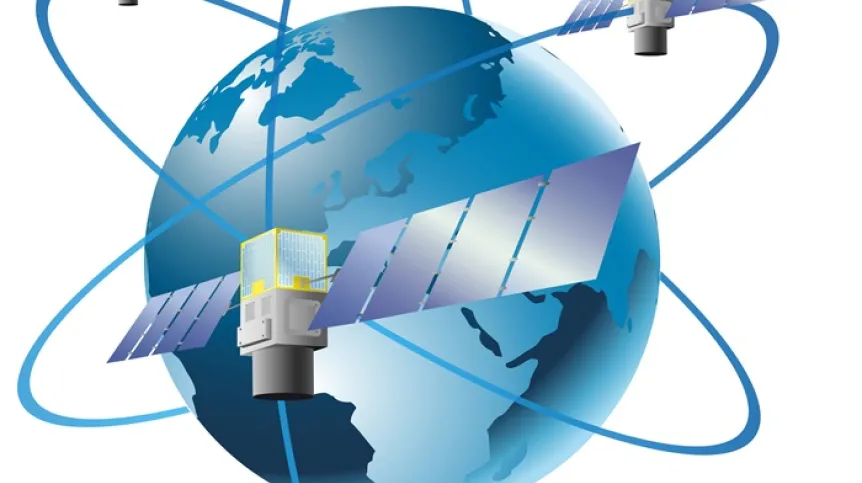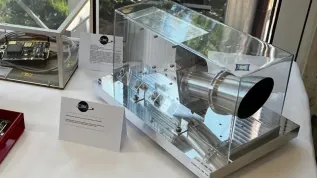
If refuelling in orbit were possible, then fully functional satellites would not have to be decommissioned due to lack of fuel. Two centres of the Łukasiewicz Research Network - Institute of Aviation and the Polish company PIAP Space undertook a comprehensive development of all the necessary elements of such a service.
The emerging solutions are designed to extend the time of maintaining satellites in orbit and reduce the costs of their replacement. The detailed plan, called the 'road map' of the new technology, includes operations related to the satellite approaching the refuelling site, docking, servicing and methods of disconnection and safe separation from the object. The project will develop systems for docking with non-responsive objects, service grippers, and robotic arm control systems enabling precise operations in orbit. Additionally, technologies for transferring fuel in orbit will be developed, which will significantly increase the efficiency of servicing missions in space.
The INORT project (www.piap.space): In-Orbit Refuelling Technology for Unprepared and Prepared Satellites is financed by the Polish contribution to the European Space Agency (ESA). According to the consortium's press release, there is currently no European standard for refuelling new satellites and no commercial solutions in this area have yet been presented.
'The possibility of refuelling in orbit is extremely important for future space exploration. On the one hand, it can translate into significant savings resulting from reduced costs associated with the need to replace satellites with new ones. On the other hand, it can lead to a reduction in the number of deorbited satellites. This technology can be used in both current models and new generation satellites', says Paweł Surmacz, head of the Satellite Propulsion Section at Łukasiewicz - Institute of Aviation, quoted in the press release.
The Space Technology Centre is responsible for developing the refuelling technology in the project, including mechanical connections and procedures and possibilities for propellant transfer. The Unmanned Technology Centre, in turn, deals with the energy aspects of the servicing mission, optoelectronic sensors needed to locate the satellite, and space manoeuvres during docking and post-docking position control.
PIAP Space is working on docking technologies, among other things. The company develops robotic solutions for the space industry. As part of a joint NASA and ESA project, its engineers have built a prototype chassis for the Sample Fetch Rover (SFR) as part of the Mars Sample Return mission, aimed at delivering rocks from Mars. The company is also the main contractor for ESA in the project of the advanced TITAN robotic arm for precise orbital operations. It has also completed the ORBITA project, which improves the efficiency of satellite servicing by introducing grippers designed for use on robotic manipulators in orbit.
Many groundbreaking space solutions and technologies have been created at Łukasiewicz - Institute of Aviation. At the turn of July, the institute's engineers carried out a foreign launch campaign aimed at preparing the Polish suborbital rocket ILR-33 BURSZTYN 2K for flight in space conditions. The tests conducted on July 3 were successful - the rocket launched from Andøya Space Sub-Orbital in Norway reached an altitude of 101 km.
PAP - Science in Poland
kol/ zan/ kap/
tr. RL













